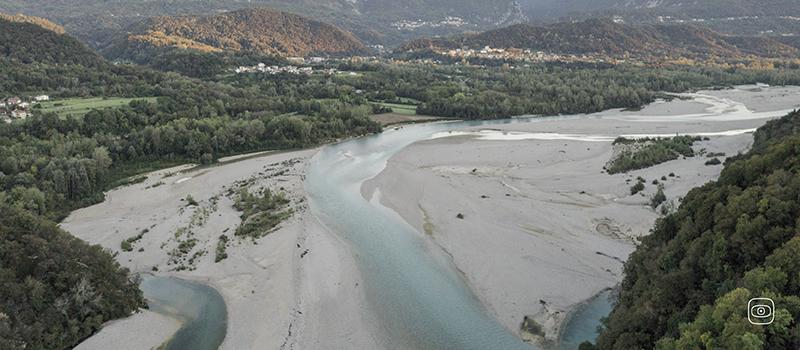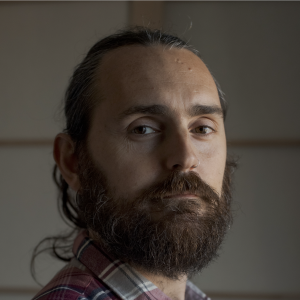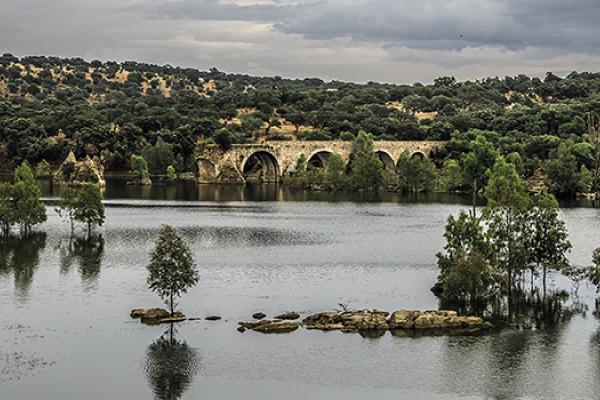The Tagliamento River, considered the last free-flowing river in the Alps, is studied worldwide for its unique morphology. Since the 1990s, various proposals have been put forward to address the river’s hydrogeological risks, particularly at the request of communities living downstream. Although experts have developed plans to reduce flood risk by implementing less invasive solutions and distributing interventions along the river, in 2024 the Friuli Venezia Giulia Region approved a project for a “bridge-dam”, ostensibly to mitigate flooding but also potentially to facilitate the construction of a major arterial road. However, such a project would have a devastating impact on the Tagliamento’s ecosystem and appears to serve economic interests rather than ecological ones.
The Yesa reservoir on the Aragón River in Spain, known as the 'Pyrenees Sea' due to its size, is being expanded to double its capacity. This will increase irrigation and guarantee a drinking water supply for almost a million people. Construction was scheduled for completion in 2005, but has experienced repeated delays and the budget has almost tripled. Safety concerns have mounted as landslides and structural cracks have plagued the construction process. Different scientists have warned that the dam could break in the event of extreme rainfall, such as that experienced in Valencia in October 2024. This could result in flooding affecting hundreds of thousands of people.
Key Findings
- The Italian government has pledged €30 million to the 'laminating barrier' in Friuli, despite the fact that key preparatory studies to ensure the project's effectiveness and safety are still missing, as admitted by the Eastern Alps River Basin Authority.
- The project appears to contradict the principles of the EU Nature Restoration Law, which stipulates that at least 25,000 kilometres of river streams must be cleared of obstacles by 2030.
- The expansion of the Yesa dam is 80% complete, but its promoter, the Ebro River Basin Authority, has admitted that the project has been temporarily suspended and will not be finished until the end of the decade.
- Despite ongoing work to stabilise the reservoir slope, the issue of safety has not yet been addressed, and opposition to the project is growing, even among those who were originally in favour.
Illustration by Michele Lapini







